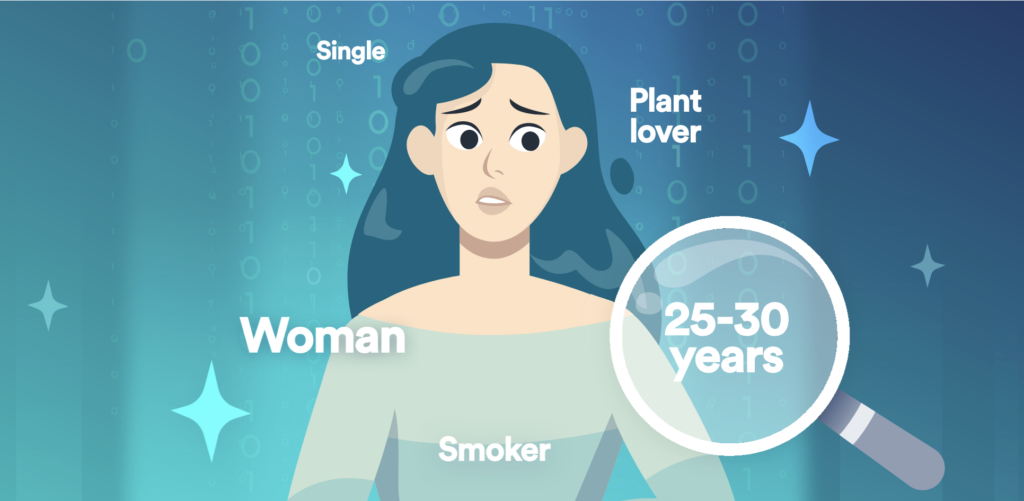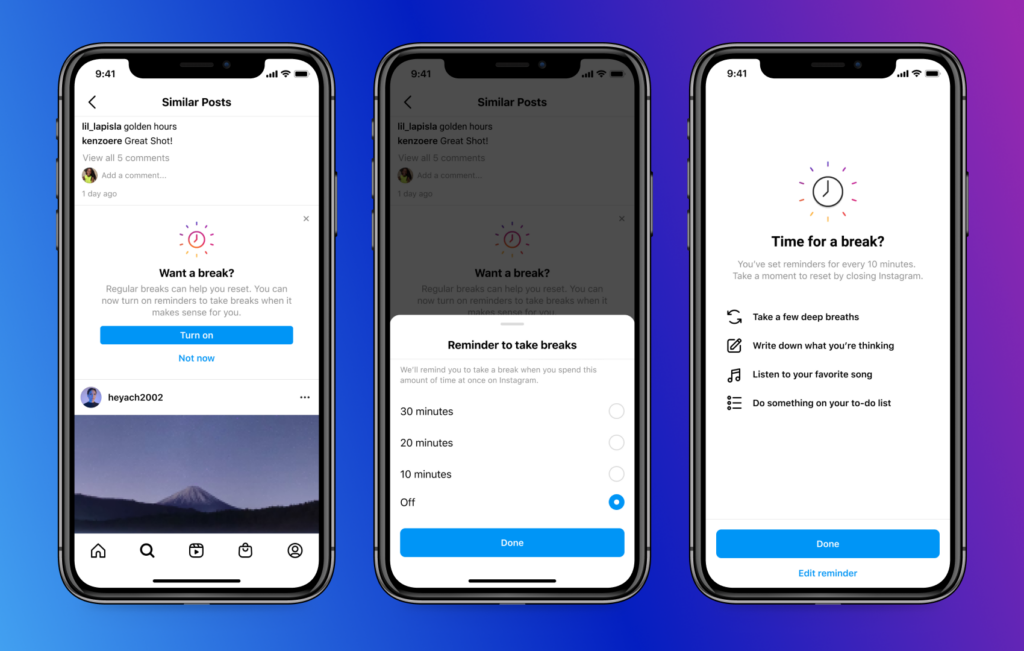Reflect on how data driven digital advertising and marketing shapes individuals, for better or worse. Use specific examples of specific adverts or digital marketing campaigns to illustrate your key points.

How does data driven advertising and marketing (targeted ads) shape individuals?
for better:
- argue it creates a better experience for the user: shows them adverts only for products/services they have shown interest in or are predicted to show interest in
- better for advertisers more likely to turn a profit if only showing ads to users who are more likely to be potential customers
for worse:
- exploits users: “digital labour signifies that the time spent on social media and other corporate platforms is not simple consumption or leisure time, but productive time that generates economic value.”
- users are not paid for the generation of valuable data and are therefore exploited
- prosumers
- capitalises on users’ vulnerabilities: “prominent digital marketers and analysts are building a repertoire of tactics for targeting what they perceive as vulnerabilities in consumers’ decision-making processes”
- most users unaware this is happening so no consent is given for companies to use their data in this manner
- the deniability clause of a platforms terms and agreements: Lengthy and often difficult to read documents, where the policies and extent to whic data is shared is not clear.
- Targeting people with adverts based upon their predicted (assumed) emotional inclinations and instabilities, e.g. gendered idealized body types
- They are setting up these idealized body types (for example) as true.
- targeted ads use gender stereotypes based on the data they have collected on your profile to target users with heteronormative gender ideals.

